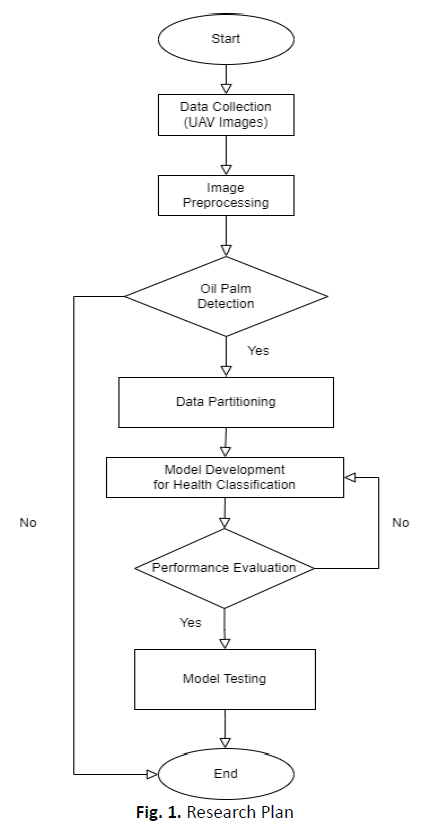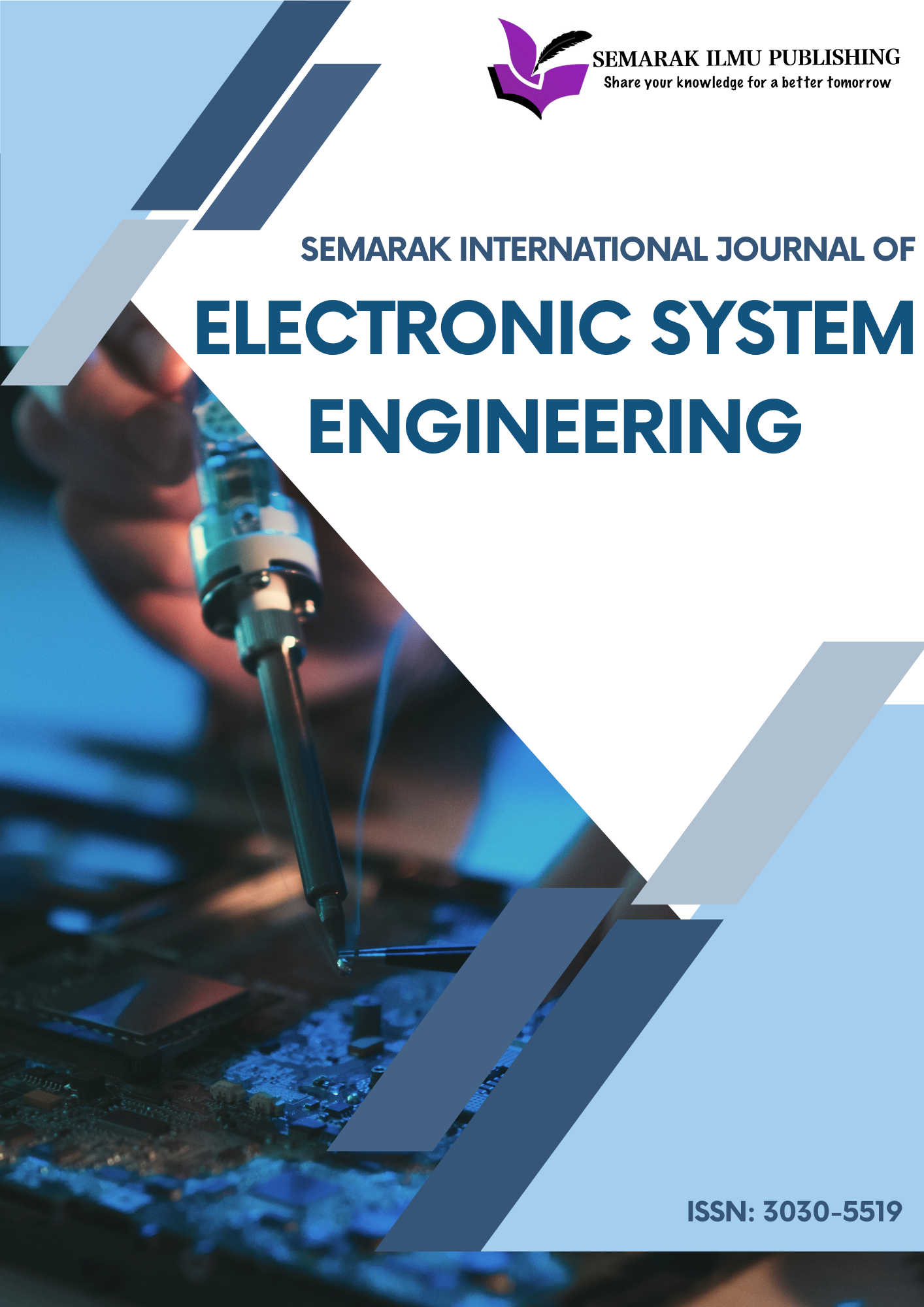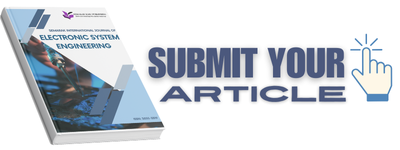Oil Palm Detection and Health Classification from UAV Multispectral Images using You Only Look Once (YOLO)
DOI:
https://doi.org/10.37934/sijese.6.1.1937Keywords:
Oil palm, object detection, image recognitionAbstract
Elaeis guineensis is a tropical plant that originated in West Africa but is currently widely grown in many tropical places worldwide, including Malaysia. Malaysia is the world’s second-largest palm oil exporter; hence, the government is willing to allocate RM100 million to the 2024 budget. With that budget allocation, palm oil production is expected to increase this year. However, the industry faces several problems and challenges involving palm oil, such as diseases caused by pests, the damage caused by rats, and the effects of climate change. It is necessary to overcome these problems and challenges to ensure the sustainability of palm oil production. One of the solutions is to apply remote sensing technology to monitor the health of oil palm trees. This study was conducted with the main objective of developing a model that is able to detect oil palm trees and classify their health by using You Only Look Once (YOLO). The dataset used for this study was collected from a site visit in Terengganu. Then, the dataset underwent pre-processing, such as auto-oriented, resizing, bounding boxes, and labelling. There are two categories for the health classification: healthy and unhealthy. The study was carried out by training a custom model with both YOLOv8 and YOLOv9 independently to consider which model performs better in precision, recall, mAP50, and mAP50-95. The results of YOLOv8 were a precision score of 58.7%, a recall value of 84.9%, a mAP50 of 71.3%, and a mAP50-95 of 48.9%, while YOLOv9 had a precision score of 64.1%, a recall value of 80.4%, a mAP50 of 72.6%, and a mAP50-95 of 50.2%. It was observed from the experiment conducted that YOLOv9 gave a better result than YOLOv8 in terms of precision, mAP50, and mAP50-95 overall, while YOLOv8 had a higher recall value during testing than YOLOv9. In addition, this study recommended implementing semi-automated systems, which combine automated processes with human oversight and apply augmentation techniques to enhance model resilience against variability.









